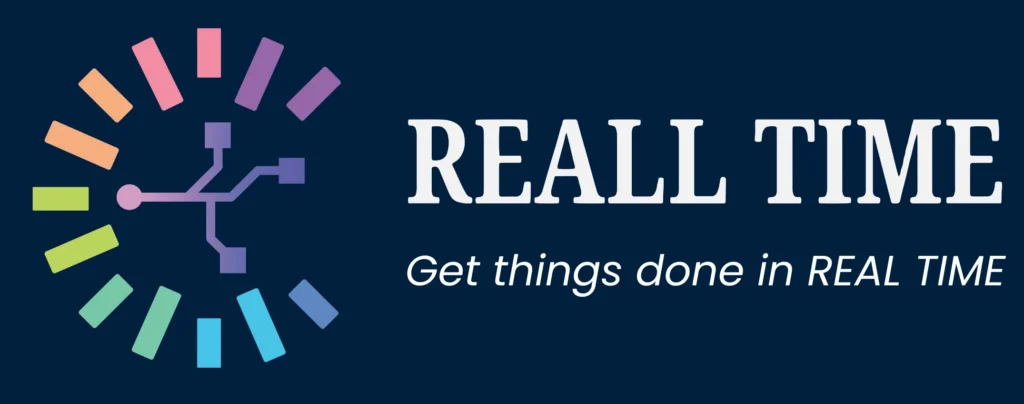Graphic design plays a pivotal role in visual communication, impacting industries from advertising to tech. It blends creativity with strategic thinking to produce visuals that capture attention, convey messages, and build brand identity. In this blog, we’ll explore graphic designing fundamentals, popular design types, essential tools, and trends shaping the future of design.
What is Graphic Designing?
Graphic designing is the art of creating visual content using elements like typography, images, color, and layout to communicate a message effectively. It’s more than just making things look good; it’s about storytelling and conveying a brand’s vision in a way that resonates with audiences. The field encompasses many forms, from digital graphics to print media, ensuring consistency and appeal across marketing materials, websites, and products.
Key Elements of Graphic Design
Graphic design hinges on several core elements, each contributing to the final look and feel:
- Typography
Typography involves the style and arrangement of text. Selecting the right typeface and spacing can significantly impact readability and aesthetic appeal. Designers mix fonts to create hierarchy, emphasize certain points, and set the mood for the message. - Color
Colors can evoke emotions and guide viewers’ reactions. Choosing a color palette that aligns with brand values is critical for consistency and mood setting. Graphic designers use color theory to select complementary, analogous, or contrasting colors, ensuring visual harmony. - Imagery
Images capture attention and support the text’s message. From photographs to illustrations, imagery in graphic design can create a more engaging experience, direct focus, and improve understanding. - Layout and Composition
A well-structured layout ensures the visual flow, making it easy for viewers to navigate information. Designers use grids, alignment, and spacing to balance visuals, allowing the design to be functional and aesthetically pleasing. - Lines and Shapes
Lines guide the viewer’s eye, while shapes provide structure and add visual interest. These elements form the framework of designs, separating sections or creating patterns.
Types of Graphic Design
Graphic design is multifaceted, with different types serving various purposes. Here are the most common ones:
- Branding and Logo Design
Branding involves creating visual identity elements that reflect a company’s personality. Logos, colors, and fonts form the foundation, setting the tone across digital and physical platforms. - Web and Mobile Design
Web design focuses on user interface (UI) and user experience (UX). Graphic designers create layouts for websites and mobile apps, ensuring usability and a cohesive look aligned with the brand’s style. - Advertising and Marketing Design
Used in ads, brochures, and social media, this type of design aims to attract customers and convey promotional messages. It includes digital ads, banners, and visuals that captivate and persuade audiences. - Print Design
Print design covers anything created for physical distribution, such as business cards, posters, and magazine layouts. Even in the digital age, print remains relevant, particularly in branding and promotional materials. - Product Packaging Design
Packaging design goes beyond aesthetics, focusing on functionality and brand storytelling. It’s crucial for standing out on shelves and creating a lasting impression. - Motion Graphics
Motion graphics add animation to traditional graphic elements, giving life to logos, icons, and visuals. This type is widely used in video content, social media, and websites to enhance engagement.
Essential Tools for Graphic Designers
Graphic designers rely on a range of tools to bring their ideas to life. Here are the top tools used by professionals:
- Adobe Creative Suite (Photoshop, Illustrator, InDesign)
Adobe Photoshop is essential for photo editing and digital art. Illustrator is ideal for vector graphics, and InDesign is used for layouts in print and digital publications. These tools are industry-standard for professional design work. - Canva
Canva is a user-friendly tool perfect for beginners and professionals alike. With ready-made templates, it’s widely used for social media graphics, presentations, and simple design projects. - Figma
Figma is a popular tool for web and UI design. It allows for real-time collaboration, making it ideal for team projects. Figma’s interface and features streamline the design process, especially in prototyping and wireframing. - Sketch
Specifically designed for digital design, Sketch is widely used for creating website and app interfaces. Its vector-based format makes it ideal for responsive design, ensuring scalability across screen sizes. - Procreate
For illustrators and digital artists, Procreate offers a comprehensive drawing experience on the iPad. It’s used extensively in creating digital art, hand lettering, and custom illustrations. - CorelDRAW
CorelDRAW is another vector graphics editor popular for logo and print designs. Its precise drawing tools and user-friendly interface make it suitable for professional design work.
The Graphic Design Process
A structured process ensures consistency and creativity in graphic design projects. Here’s how professionals approach it:
- Research and Inspiration
Before designing, understanding the brand, its target audience, and its goals is essential. Designers gather references, study trends, and create mood boards to find inspiration. - Concept Development
This stage involves brainstorming ideas, sketching drafts, and discussing concepts with clients. It’s where designers explore various approaches to find the best visual solution. - Design Creation
Using software like Photoshop, Illustrator, or Figma, designers start executing their ideas. This stage includes selecting fonts, colors, and images and arranging them in a balanced composition. - Feedback and Revisions
After creating a draft, designers seek feedback from clients or team members. They refine the design, making adjustments to better align with the client’s vision. - Final Delivery
Once approved, the final design is delivered in the required formats. This can include print-ready files for physical products or optimized files for digital platforms.
Trends in Graphic Design for 2024
Graphic design trends continually evolve with cultural shifts and technological advancements. Here are some trends defining the future of design:
- Minimalism and Simplicity
Minimalistic designs prioritize function, focusing on essential elements for a clean, uncluttered look. This trend remains popular in web design, emphasizing ease of navigation. - 3D and Immersive Design
3D graphics, animation, and augmented reality (AR) are gaining traction, offering more immersive user experiences. Designers incorporate 3D elements for product visualization and interactive interfaces. - Abstract and Geometric Patterns
Bold, abstract designs with geometric shapes add visual interest and originality to branding. This trend is often used in social media graphics, editorial design, and packaging. - Sustainable Design
Sustainability has impacted visual design, with designers opting for earthy colors, natural textures, and eco-friendly materials. This trend reflects consumers’ growing preference for sustainable brands. - AI-Powered Design Tools
Artificial intelligence (AI) is transforming graphic design, enabling automation in layout generation, color selection, and even personalized designs. AI tools enhance productivity, helping designers focus on creativity.
Final Thoughts
Graphic designing is an essential component of visual communication that goes beyond aesthetics to deliver meaningful messages and create strong brand identities. Whether through a logo, website, or advertisement, graphic design has a powerful impact on how brands are perceived. With the right tools, knowledge of design principles, and an eye for trends, designers can create visuals that captivate, inform, and inspire. As technology advances, the future of graphic design looks exciting, with possibilities for even more innovation and creativity.

